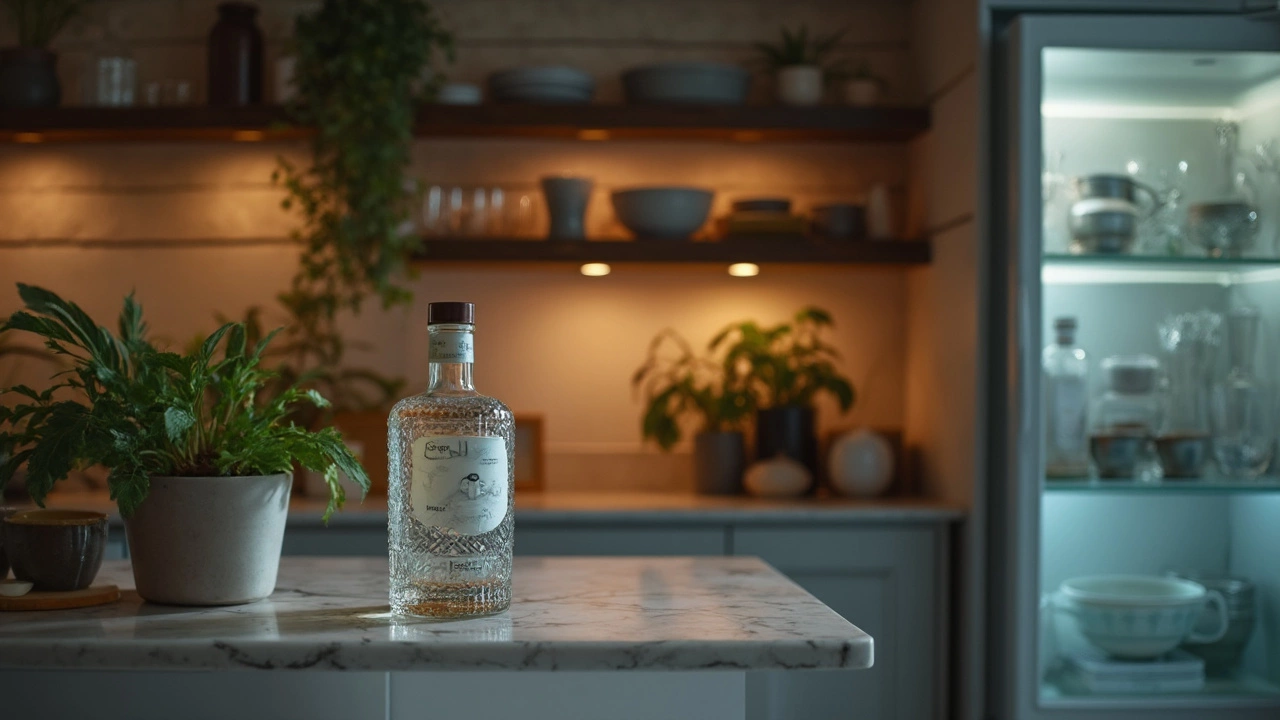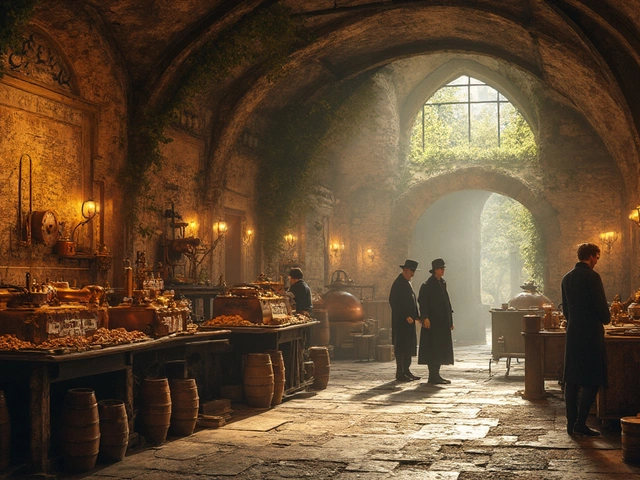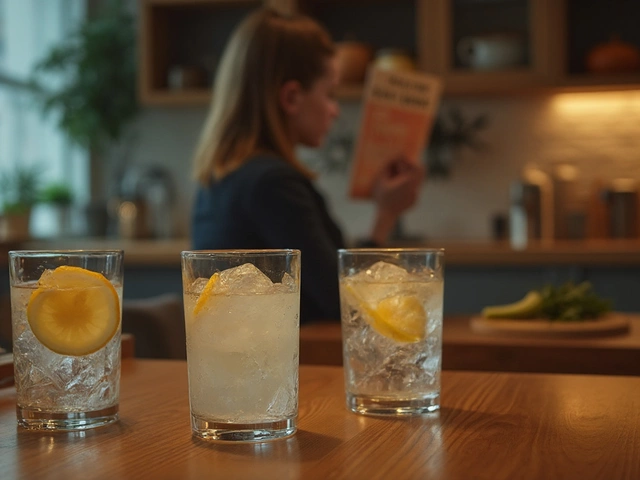Gin Temperature Guide: How Cold Should Your Gin Be?
Ever wondered if your gin is too warm or too cold? The truth is, temperature changes how the botanicals taste, and getting it right can turn a good gin into a great one. Let’s cut the guesswork and show you simple ways to serve gin at the perfect chill.
Why Temperature Matters for Gin
When gin is too warm, the alcohol vapor rises and the subtle herbal notes get lost in a harsh, sharp buzz. Chill it a bit, and the juniper, citrus, and spice all come forward, giving you a smoother sip. In a cocktail, the right temperature helps balance the other ingredients – the ice doesn’t melt too fast, and the flavors stay crisp. Too cold, however, can mute the botanicals so much that you only taste alcohol and ice. The sweet spot is usually between 45°F (7°C) and 55°F (13°C) for neat gin, while a G&T benefits from a colder range, around 38°F (3°C) to 45°F (7°C).
Easy Ways to Get the Right Gin Temperature
First, plan ahead. Pop your gin bottle in the fridge for an hour before you plan to drink. This brings it into the 45°F‑55°F window without freezing it. If you need it colder fast, a quick chill in the freezer works too – just set a timer for 15‑20 minutes; go longer and you risk solidifying the liquid.
Ice is another tool. For neat pours, a single large ice sphere or a few cubes keeps the gin cool without watering it down quickly. In a G&T, use plenty of small cubes or crushed ice; they chill fast and give a refreshing bite.
Want precision? A kitchen thermometer can help. Stick it into the liquid (don’t worry, it’s safe) and aim for that sweet spot. Most home bartenders find a quick readout enough – they’ll know when the gin feels cold to the touch but isn’t frosty.
Don’t forget storage. Keep gin away from direct sunlight and heat sources. A dark cabinet or pantry works fine, but a warm kitchen counter will raise the bottle temperature over time. If you have a wine fridge, set it to around 50°F (10°C) for your gin collection.
Lastly, experiment with your favorite gin. Some gins, especially those heavy on citrus, taste better a touch warmer, while heavily spiced gins shine when chilled. Take a sip at different temperatures and note the changes – you’ll quickly learn what works for each brand.
Bottom line: temperature isn’t just a detail, it’s a flavor booster. Keep your gin in the right chill zone, use ice wisely, and store it properly, and you’ll get the most out of every botanical note. Cheers to a perfectly cold gin experience every time!
Wondering if you should refrigerate gin? Learn the science behind gin storage, storage mistakes to avoid, and pro tips for keeping your gin fresh and flavorful.
View Details

